When it comes to athletic wear, it’s easy to get confused about the nuances, especially when it involves skirts. Golf skirts and tennis skirts are two popular options often debated among players and fashion enthusiasts alike. While they share some similarities, they cater to different sports’ specific needs and regulations. Let’s dive into this comparison and help you understand the differences and similarities between these two athletic garments.
Understanding the Basics
What is a Golf Skirt?
A golf skirt is designed specifically for women golfers. These skirts are typically made from lightweight, moisture-wicking fabrics that allow for a full range of motion. Most golf skirts feature a built-in short lining, providing comfort and modesty while swinging your clubs.
What is a Tennis Skirt?
A tennis skirt, on the other hand, is created for women who play tennis. Similar to golf skirts, they are made from breathable fabrics, often featuring a built-in lining or shorts underneath. Tennis skirts tend to be a bit shorter and come in various designs, catering to the fast-paced nature of the sport.
| Feature | Golf Skirt | Tennis Skirt |
|---|---|---|
| Designed For | Golf | Tennis |
| Length | Knee-length or longer | Shorter, often above the knee |
| Fabric | Moisture-wicking, stretchy | Lightweight, stretchy |
| Design Details | Fewer patterns, more classic | Vivid colors, patterns, and styles |
| Pockets | Often includes pockets | Limited pockets (if any) |
| Built-in Shorts | Common | Common |
The Design Differences
While both skirts aim to provide comfort and performance, they differ in design. Here are some unique attributes:
-
Length: Golf skirts tend to be longer, adhering to golf etiquette, which often calls for longer lengths. Tennis skirts, conversely, are designed for agility, typically shorter to allow for dynamic movements.
-
Aesthetic Choices: Tennis skirts often come in vibrant colors, fun patterns, and stylish designs, helping players express their personality. Golf skirts, however, usually embrace a more classic, muted color palette suited to the golf course.
- Pockets: Golf skirts are more likely to incorporate pockets, allowing players to store tees, scorecards, and small essentials. This feature is less common in tennis skirts as the emphasis often leans toward a streamlined aesthetic.
Fabric and Functionality
Both types of skirts emphasize comfort, but the fabric and functionality can vary:
-
Material: Golf skirts are generally made from stretchy, breathable materials that help wick away sweat, keeping you dry and comfortable. Tennis skirts often utilize similar fabrics but may be designed to be more lightweight to facilitate quick movements on the court.
- Built-in Shorts: Both skirts feature built-in shorts or liners for added coverage during play. This is especially important in both sports, allowing players to move freely without worrying about wardrobe malfunctions.
Why Material Matters
Material is crucial for both sports. A good skirt should:
- Provide ease of movement
- Be breathable
- Wick away moisture
- Offer a comfortable fit
Comfort and Mobility
In sports, comfort is of utmost importance. Here’s how golf and tennis skirts fare:
Golf Skirts
- Swing Friendly: The construction provides ample space for the rotational movement of the hips during a golf swing.
- Modesty: Longer lengths ensure you feel comfortable bending or crouching without fear.
Tennis Skirts
- Agile Performance: Designed for quick lateral movements, tennis skirts allow the player to reach for that ball with ease.
- Lightweight: Many tennis skirts are designed to feel almost weightless, enhancing overall performance.
Dressing with Purpose: Style Tips
When choosing between a golf skirt and a tennis skirt, consider the following tips:
-
Purpose of Wear: If you’re heading to the golf course, opt for a golf skirt. For a day at the tennis courts, choose a tennis skirt.
-
Weather Conditions: Lightweight fabrics are ideal for hot weather, while a thicker fabric may be better for cooler days.
- Mix and Match: Both skirts offer a vast range of tops. Pair a golf skirt with a polo shirt for a classic look and a tennis skirt with a sporty tank top to enhance your on-court style.
Key Takeaways
- Golf skirts may be longer, adhering to golf course etiquette, while tennis skirts are typically shorter for agility.
- Material quality is essential for both types, focusing on breathable and moisture-wicking fabrics.
- Built-in shorts are a common design feature in both skirts, providing comfort and coverage.
- Choose based on wear purpose – use golf skirts for golfing and tennis skirts for playing tennis.
Frequently Asked Questions (FAQs)
-
Can I wear a tennis skirt for golfing?
- Yes, you can wear a tennis skirt for golfing if it meets your comfort level. However, make sure it’s not too short, considering golf etiquette.
-
Are golf skirts formal?
- They can be formal but are also available in casual styles. Many golf courses have dress codes that require modest attire.
-
Do tennis skirts come with built-in shorts?
- Yes, most tennis skirts feature built-in shorts for added comfort during play.
-
Can I wear a golf skirt for casual outings?
- Absolutely! Golf skirts can easily transition into casual outfits when paired with stylish tops.
-
What type of top should I wear with a tennis skirt?
- Athletic tank tops or fitted T-shirts work best with tennis skirts for a comfortable, stylish look.
-
Can I find golf skirts with pockets?
- Yes, many golf skirts come with functional pockets for convenience.
-
How do I care for my golf or tennis skirt?
- Always check the care label, but generally, washing in cold water and air drying is recommended to maintain the fabric’s integrity.
-
Are there specific brands known for quality golf or tennis skirts?
- Brands like Nike, Adidas, and Lululemon offer popular options known for quality in both categories.
-
How important is fit when choosing a skirt?
- Fit is crucial! A well-fitting skirt enhances your performance and comfort during play.
- Can I modify a golf skirt to make it work for tennis?
- While you can tailor a golf skirt for shorter length or fit, it’s generally best to choose specifically designed skirts for each sport.
In conclusion, while golf skirts and tennis skirts share some functional similarities, they ultimately cater to their respective sports’ unique needs. Understanding their differences can lead to better choices, helping you feel confident and comfortable on the course or the court. Ready to elevate your game? Embrace the right skirt for your athletic pursuits!

 Golfer Putting on Green
Golfer Putting on Green Golf Ball in Bunker
Golf Ball in Bunker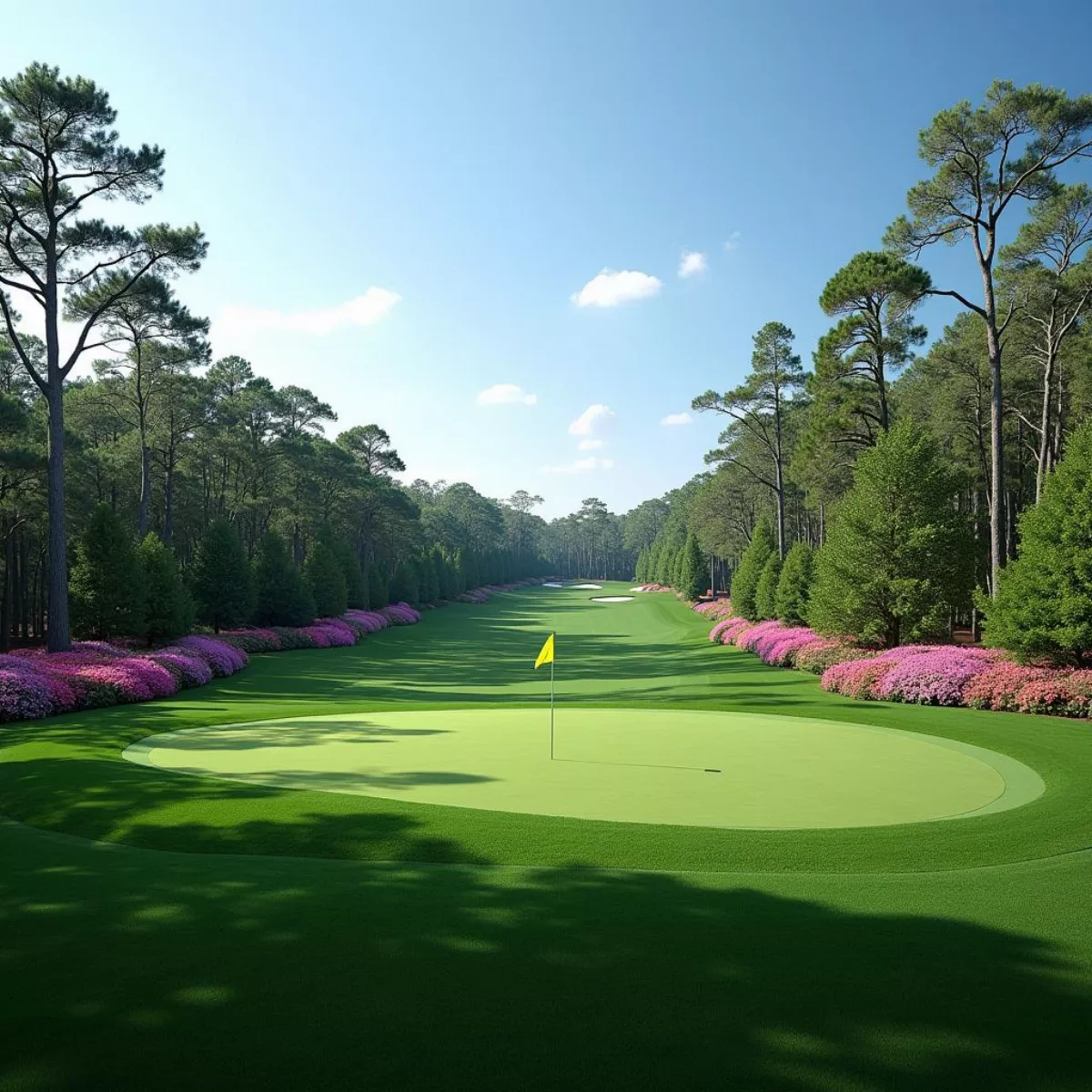
 Scottie Scheffler putting during the 2022 Masters
Scottie Scheffler putting during the 2022 Masters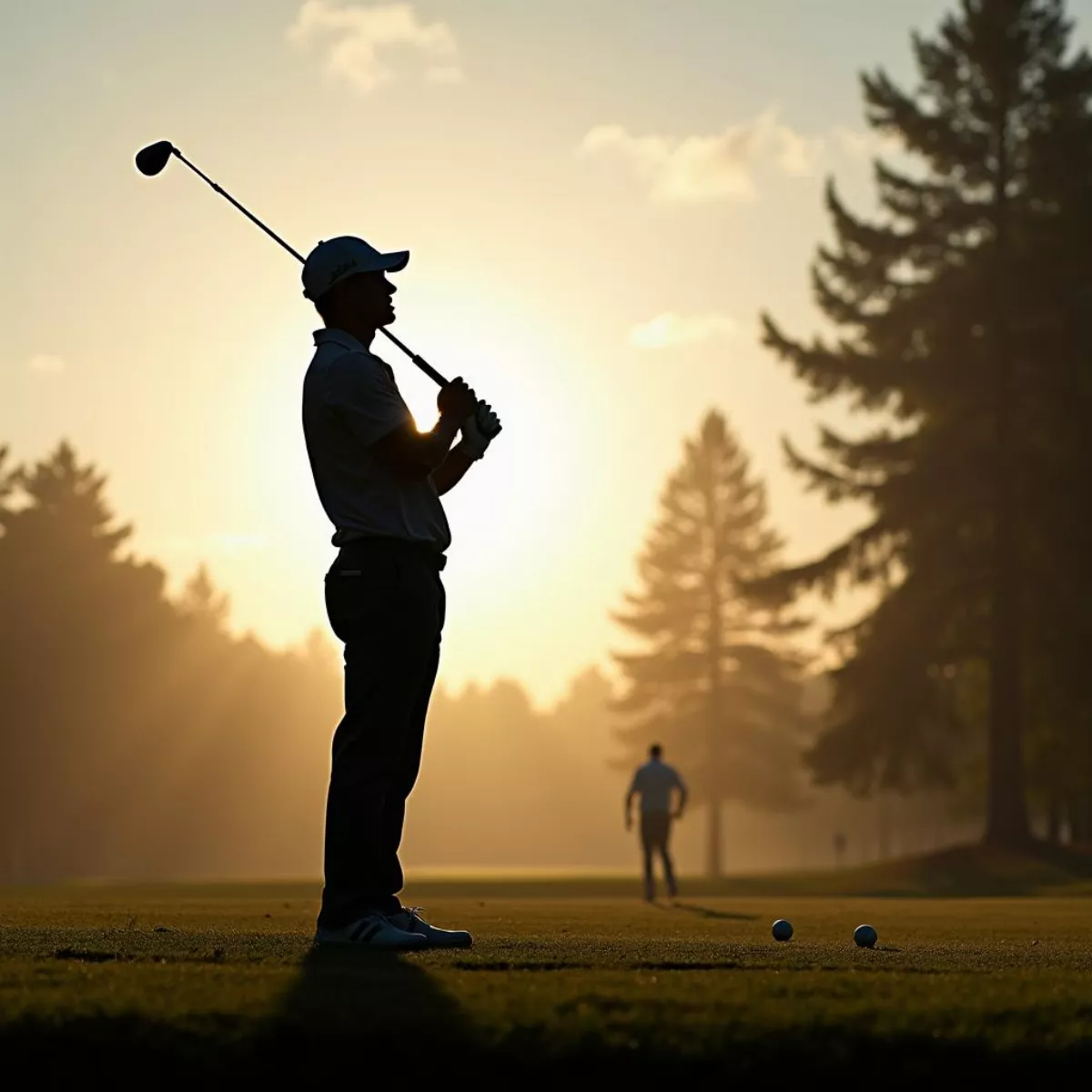 Golfer preparing for a tee shot at Augusta National
Golfer preparing for a tee shot at Augusta National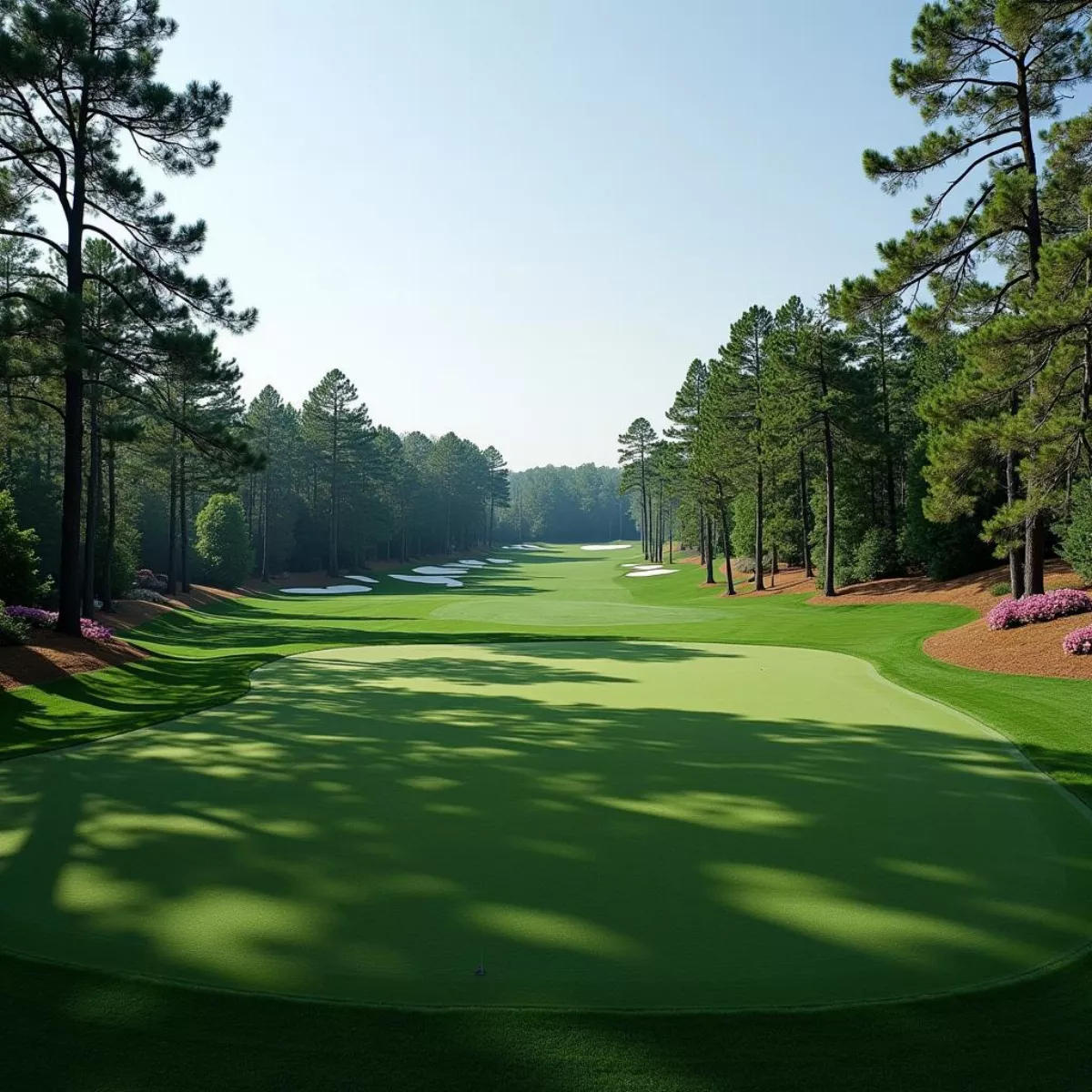
 Golfer Selecting Club at The Masters
Golfer Selecting Club at The Masters Close Leaderboard at The Masters
Close Leaderboard at The Masters  Celebrating a Clutch Par Save at The Masters
Celebrating a Clutch Par Save at The Masters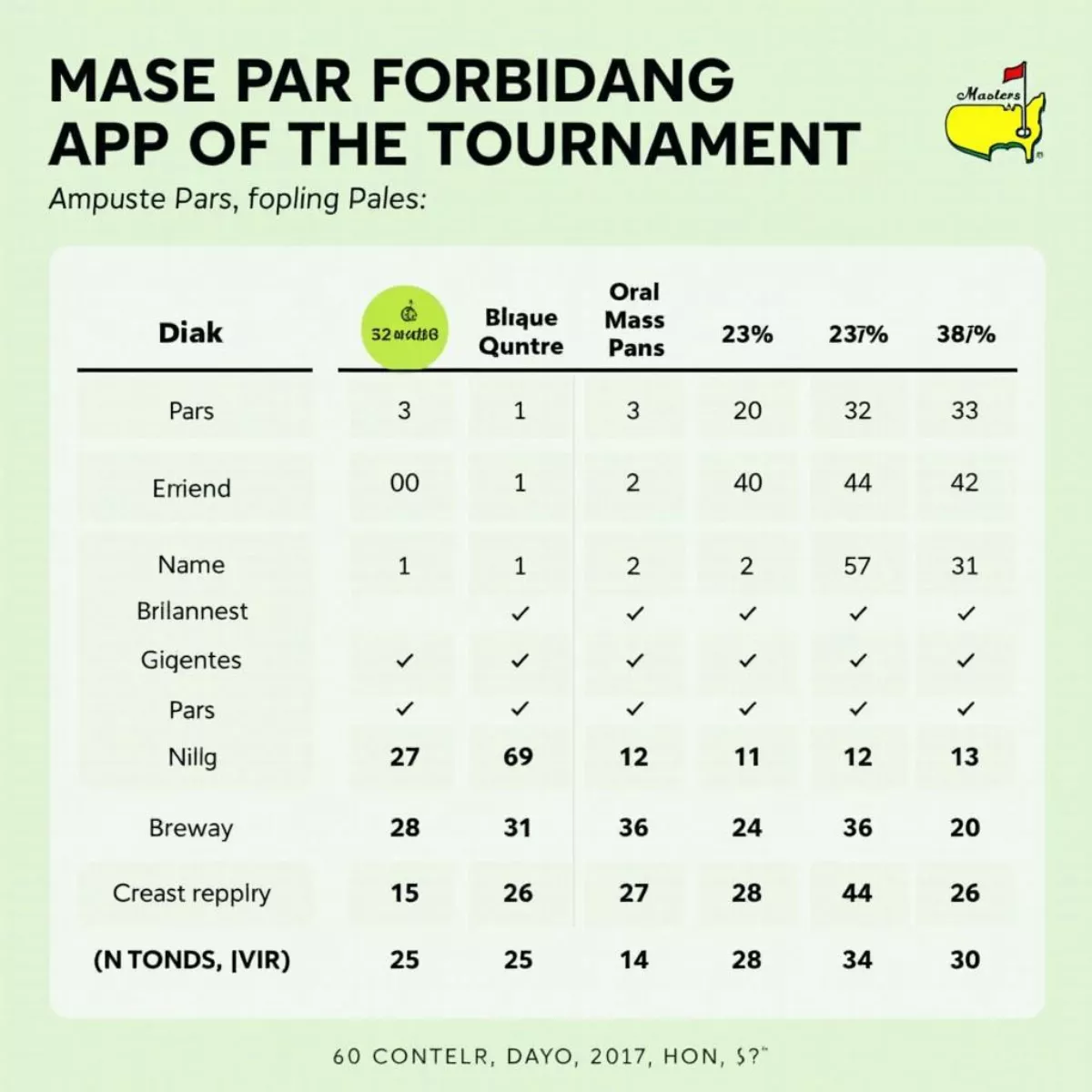
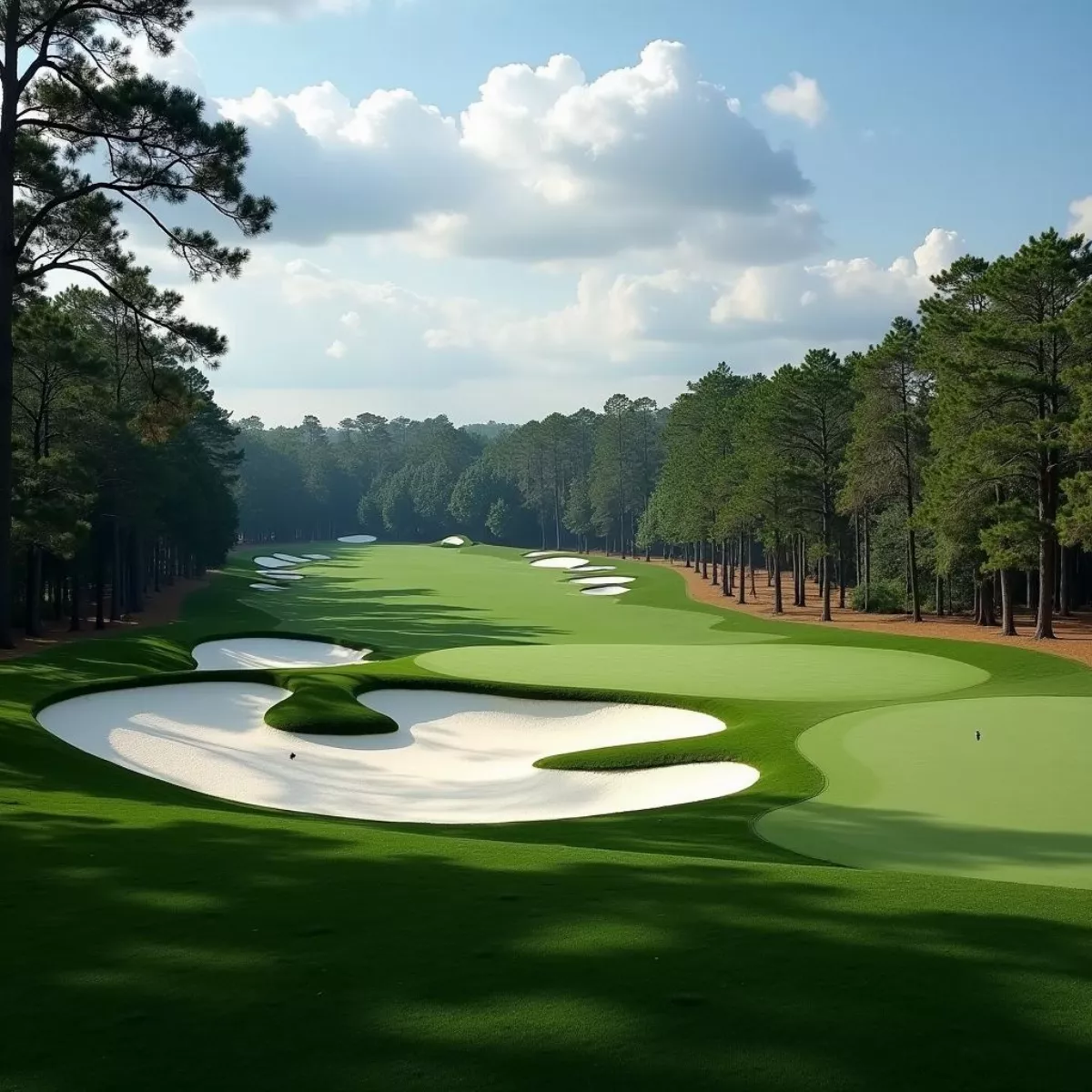 Augusta National Golf Course Hole 12
Augusta National Golf Course Hole 12 Professional Golfer Chipping onto Green
Professional Golfer Chipping onto Green
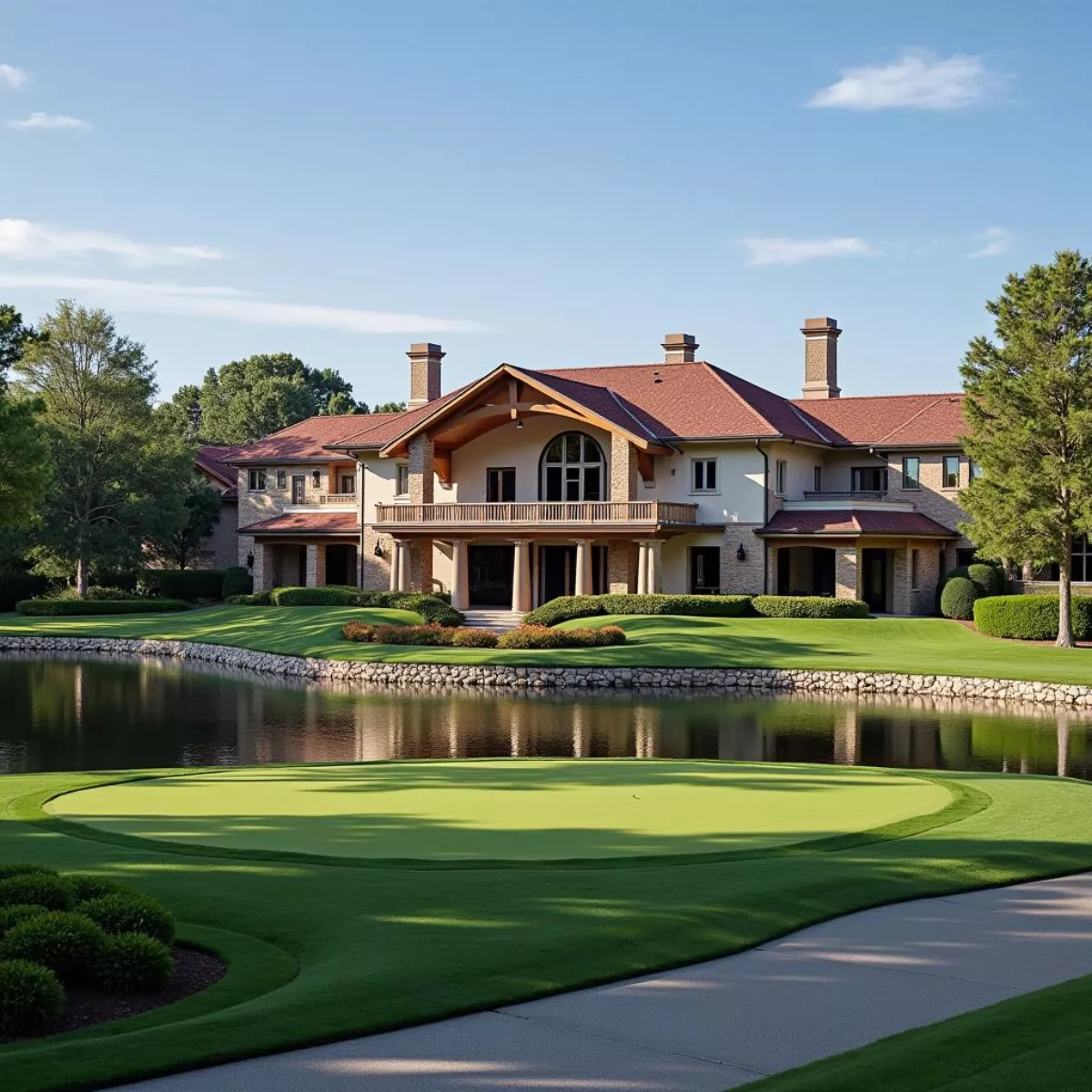 Firerock Country Club Clubhouse
Firerock Country Club Clubhouse Firerock Country Club Members at Social Event
Firerock Country Club Members at Social Event
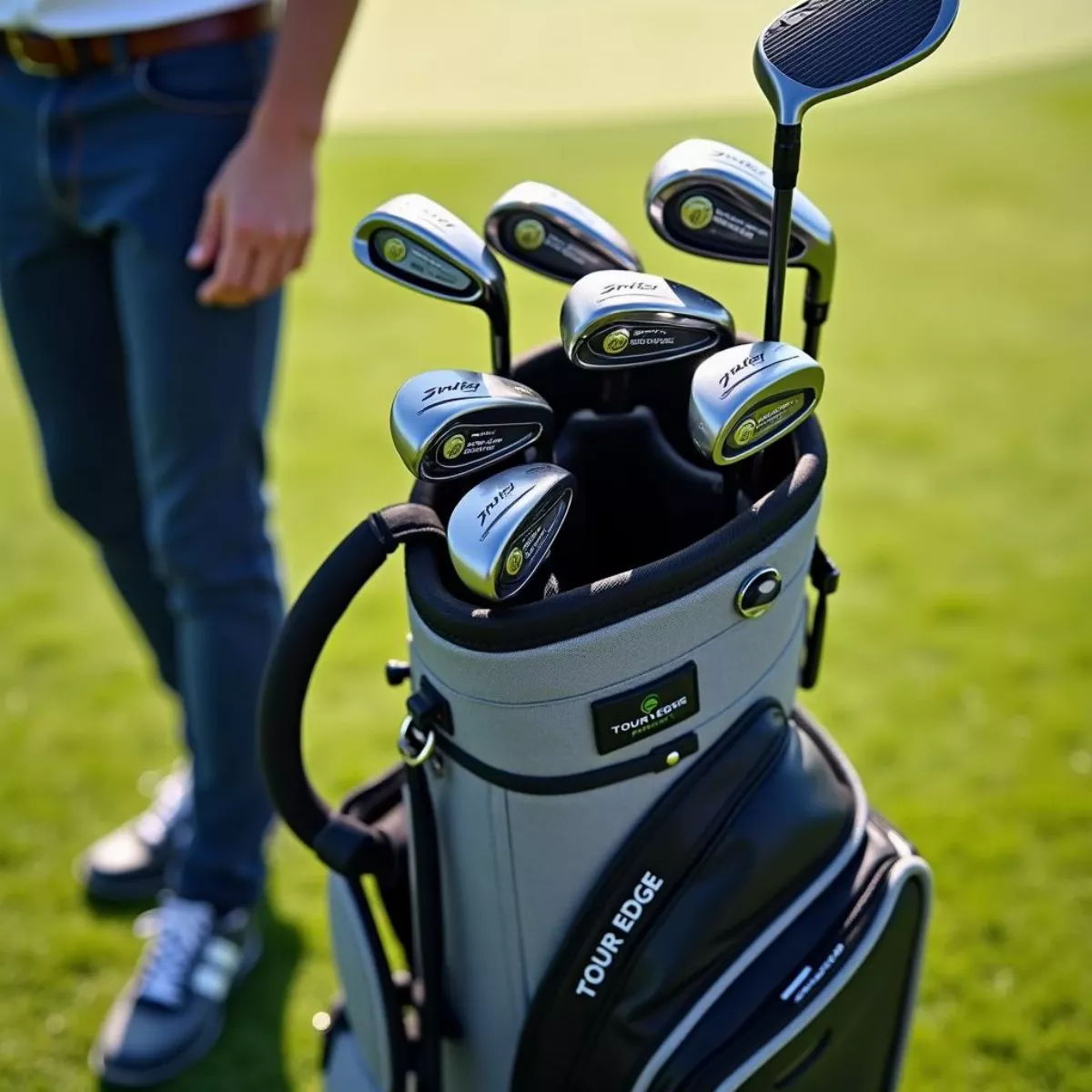 Tour Edge Golf Clubs Set
Tour Edge Golf Clubs Set KZG Custom Fit Session
KZG Custom Fit Session
 Summer Bucket List with Goals and Plans
Summer Bucket List with Goals and Plans People Enjoying Summer Activities on July 10th
People Enjoying Summer Activities on July 10th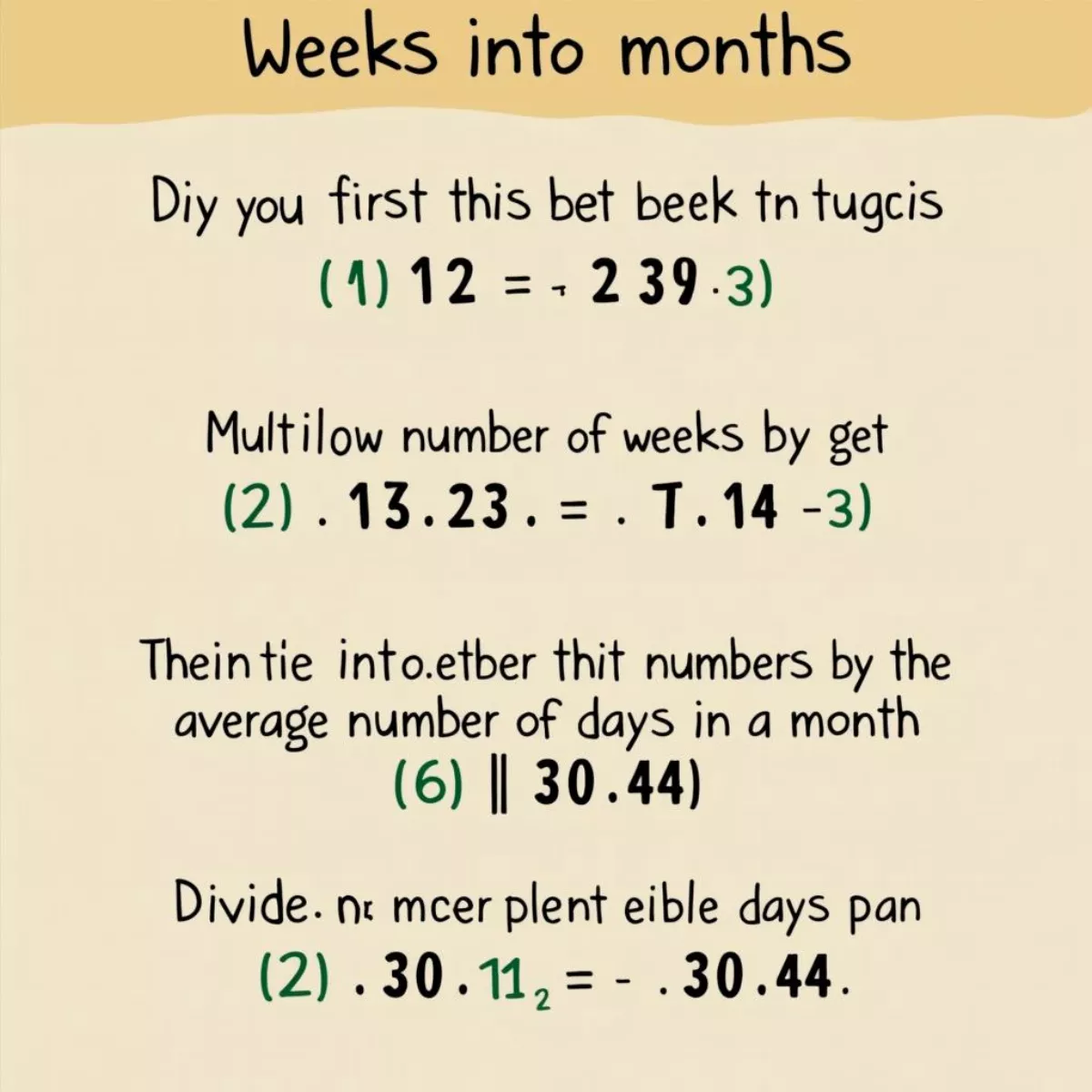
 Pregnancy calendar showing weeks and months.
Pregnancy calendar showing weeks and months. Calendar and clock representing time management.
Calendar and clock representing time management.